Author: Paul Amico
Hailing from the Land of the Long White Cloud, Taiheke is a hop variety that, while unfamiliar to many, was commercially released by the USDA Agricultural Research Service back in 1972. Bred from crossing an English Fuggle with a male derived from the Russian Serebianka variety, Taiheke has come to be known for its ability to impart beer with desirably bright fruity notes including grapefruit and lime.

Alpha: 6 – 8%
Beta: 5 – 5.5%
Cohumulone: 33 – 40% of alpha acids
Total Oil: 1.0 – 1.5 mL/100g
Myrcene: 50 – 60%
Humulene: 10 – 20%
Caryophyllene: 5 – 10%
Farnesene: 4 – 5%
Linalool: unknown
Geraniol: unknown
ß-Pinene: unknown
Parentage: English Fuggle crossed with a male derived from Serebianka
While I’m admittedly biased to think of most older hop varieties as being less than ideal for hop-forward styles, the description of Taiheke made it seem like it’d work great in modern examples of Pale Ale and IPA, and the fact its grown in New Zealand certainly piqued my interest.
| MAKING THE BEER |
I stuck with our standard Hop Chronicles Pale Ale recipe for this batch and adjusted to kettle hop additions to ensure proper levels of bitterness.
Taiheke Pale Ale
Recipe Details
| Batch Size | Boil Time | IBU | SRM | Est. OG | Est. FG | ABV |
|---|---|---|---|---|---|---|
| 5.5 gal | 60 min | 35 | 4.5 SRM | 1.053 | 1.011 | 5.51 % |
| Actuals | 1.053 | 1.011 | 5.51 % | |||
Fermentables
| Name | Amount | % |
|---|---|---|
| Pelton: Pilsner-style Barley Malt | 10 lbs | 83.33 |
| Vanora: Vienna-style Barley Malt | 2 lbs | 16.67 |
Hops
| Name | Amount | Time | Use | Form | Alpha % |
|---|---|---|---|---|---|
| Taiheke | 12 g | 60 min | Boil | Pellet | 8.6 |
| Taiheke | 14 g | 30 min | Boil | Pellet | 8.6 |
| Taiheke | 18 g | 15 min | Boil | Pellet | 8.6 |
| Taiheke | 56 g | 2 min | Boil | Pellet | 8.6 |
| Taiheke | 56 g | 4 days | Dry Hop | Pellet | 8.6 |
Yeast
| Name | Lab | Attenuation | Temperature |
|---|---|---|---|
| Flagship (A07) | Imperial Yeast | 77% | 32°F - 32°F |
Notes
| Water Profile: Ca 92 | Mg 1 | Na 10 | SO4 153 | Cl 50 |
Download
| Download this recipe's BeerXML file |
I started my brew day by collecting the full volume of water, which I adjusted to my desired profile.
After flipping the switch on my controller to heat up the water up, I weighed out and milled the grain.
When the water was properly heated, I incorporated the grains and set the controller to maintain my desired mash temperature of 152°F/67°C before preparing the kettle hop additions.
Once the 60 minute mash rest was complete, I removed the grains and proceeded to boil for 60 minutes, adding hops at the times stated in the recipe. When the boil was complete, I used my CFC to chill the wort during transfer to a sanitized FermTank.
A refractometer reading showed the wort was at my target OG.
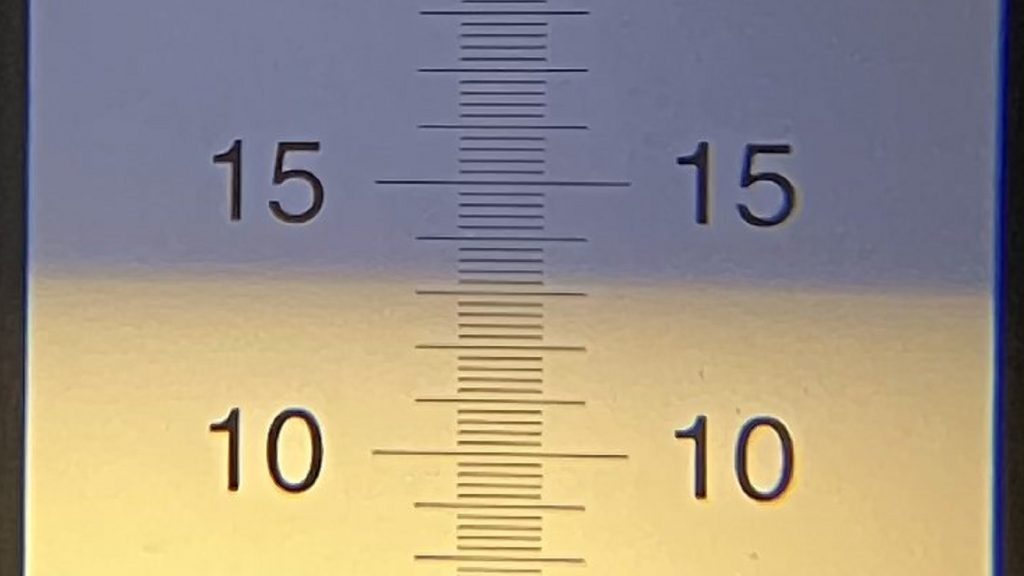
Next, I direct pitched a single pouch of Imperial Yeast A07 Flagship into the wort.
The beer was left to ferment at 66°F/19°C for 2 weeks before I took a hydrometer measurement confirming FG was reached.
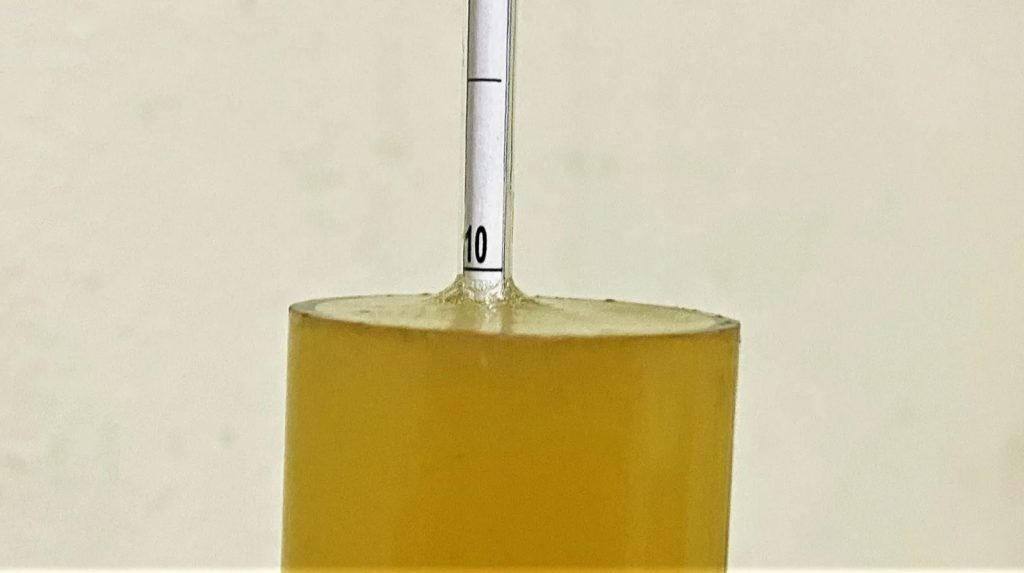
With fermentation complete, I transferred the beer to a CO2 purged keg.
The filled keg was placed in my keezer and burst carbonated overnight before I reduced the gas to serving pressure. After a week of conditioning, I began serving it to blind tasters.
| METHOD |
Participants were instructed to focus only on the aromatic qualities of the beer before evaluating the flavor. For each aroma and flavor descriptor, tasters were asked to write-in the perceived strength of that particular characteristic on a 0-9 scale where a rating of 0 meant they did not perceive the character at all and a 9 rating meant the character was extremely strong. Once the data was collected, the average rating of each aroma and flavor descriptor was compiled and analyzed.
| RESULTS |
A total of 29 people participated in the evaluation of this beer, all blind to the hop variety used until after they completed the survey. The average aroma and flavor ratings for each descriptor were plotted on a radar graph.
Average Ratings of Aroma and Flavor Perceptions
The 3 characteristics endorsed as being most prominent by participants:
| Aroma | Flavor |
| Tropical Fruit | Citrus |
| Stone Fruit | Tropical Fruit |
| Citrus | Stone Fruit |
The 3 characteristics endorsed as being least prominent by participants:
| Aroma | Flavor |
| Onion/Garlic | Onion/Garlic |
| Spicy/Herbal | Berry |
| Pine | Dank/Catty |
Next, participants were asked to rate the pungency/strength of the hop.
Tasters were then instructed to identify beer styles they thought the hop would work well in.
Finally, participants were asked to rate how much they enjoyed the hop character on a 1 to 10 scale.
My Impressions: I was pleasantly surprised by the hop character in this beer, the aroma of which was reminiscent of walking down the aisle of a fresh fruit market. While the flavor was similarly fruity, I detected a bit more sweet citrus once the beer was in my mouth. Very nice, overall!
| CONCLUSION |
New Zealand hops are generally lauded for their ability to contribute delectable fruity characteristics that work wonderfully in hop-forward beers. Despite initially being released 50 years ago, blind tasters of a Pale Ale hopped solely with Taiheke hops rated tropical fruit, citrus, and stone fruit as being the most prominent characteristics, while onion/garlic, spicy/herbal, and berry were among the lowest rated descriptors.
In terms of pungency, a solid majority of tasters felt the Taiheke character was moderate to strong in this beer, similar to ratings on more modern hops like Citra and Galaxy. Perhaps naturally, the beer style most endorsed by tasters as one they thought Taiheke would work well in was APA/IPA, though a few also listed pale lager, blonde ale, and sour ale.
It’s not often I’m impressed by a single-hop hop beer, but this Taiheke Pale Ale was surprisingly good, displaying qualities I typically expect from a beer made with multiple varieties. The menagerie of fruit on the nose was inviting and the flavor was full on the palate, making this beer rather enjoyable to drink. While I certainly look forward to using Taiheke in conjunction with other varieties in the future, it’s one of the few I’d be happy to use all on its own as well.
Get Taiheke hops at Yakima Valley Hops! If you have any thoughts on this variety, please feel free to share them in the comments section below.
Support Brülosophy In Style!
All designs are available in various colors and sizes on Amazon!
Follow Brülosophy on:
FACEBOOK | TWITTER | INSTAGRAM
If you enjoy this stuff and feel compelled to support Brulosophy.com, please check out the Support page for details on how you can very easily do so. Thanks!


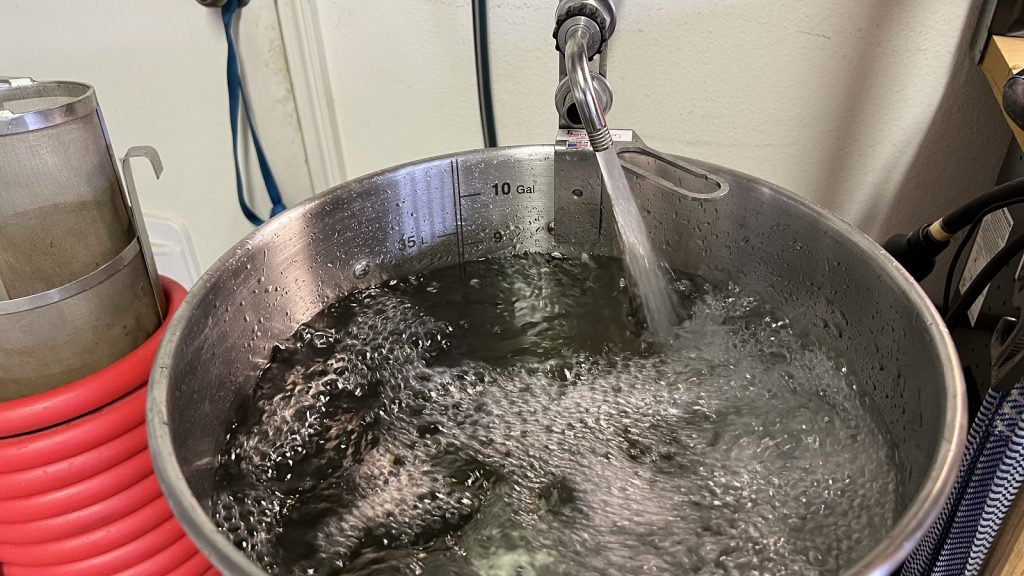
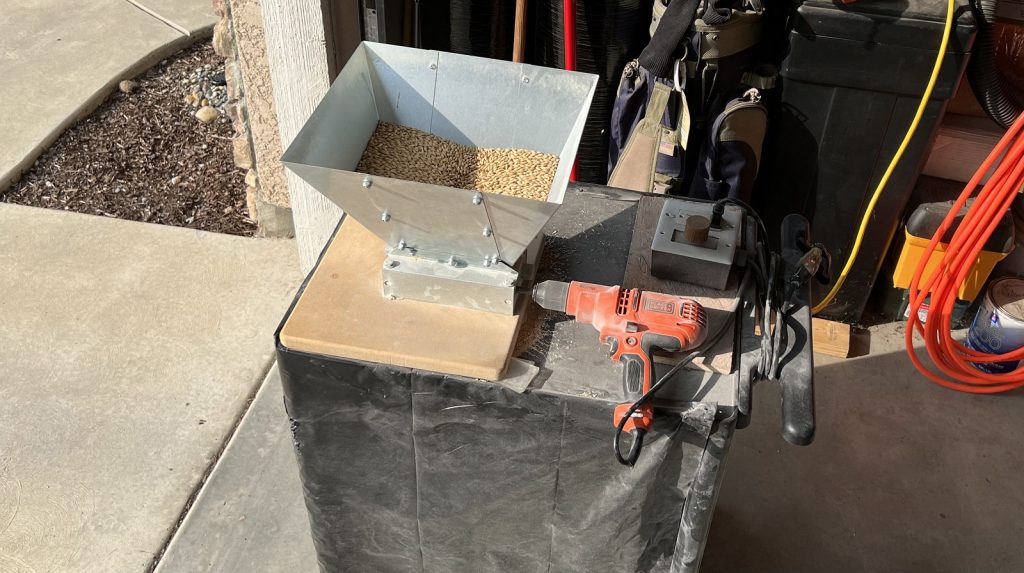
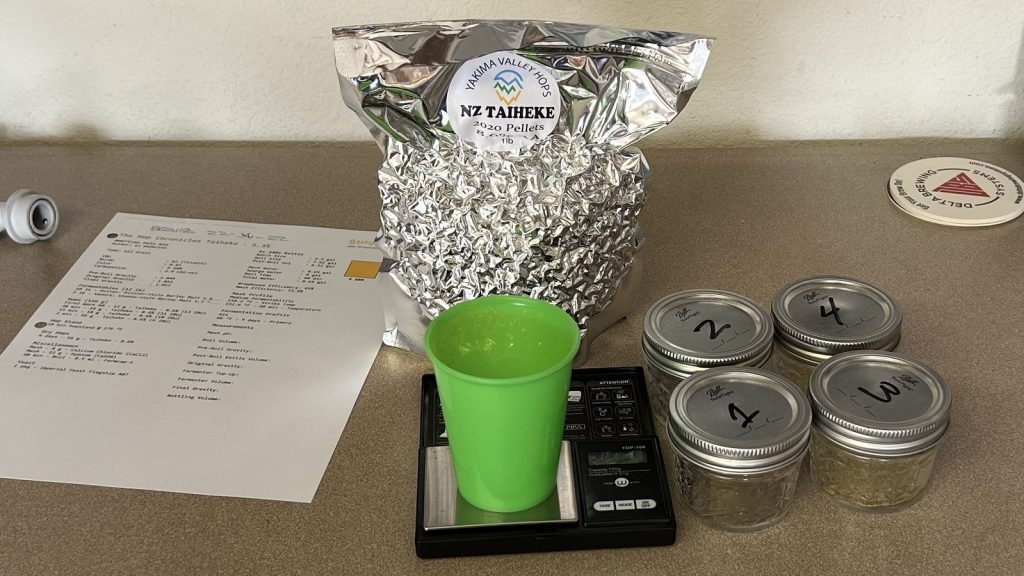
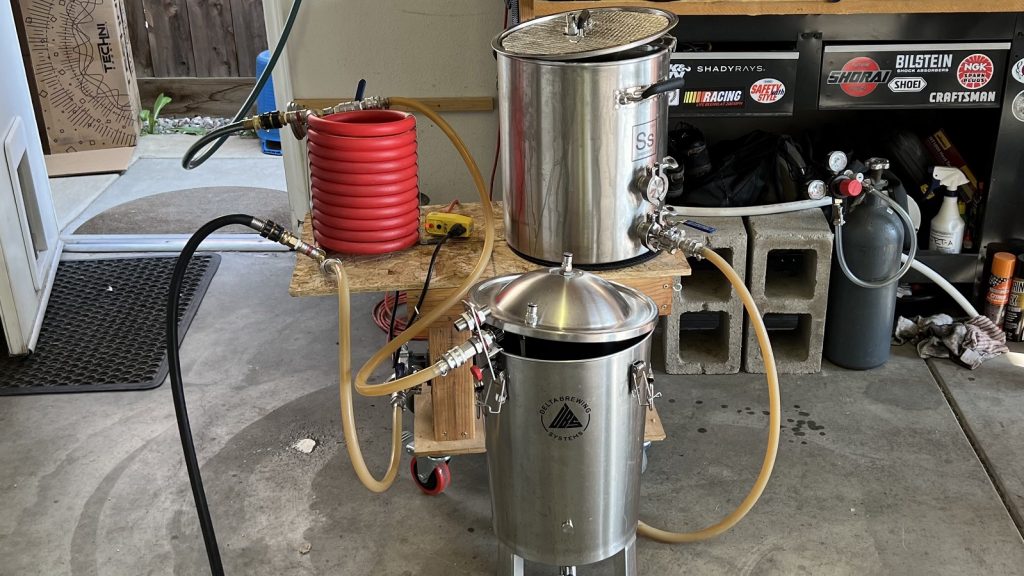
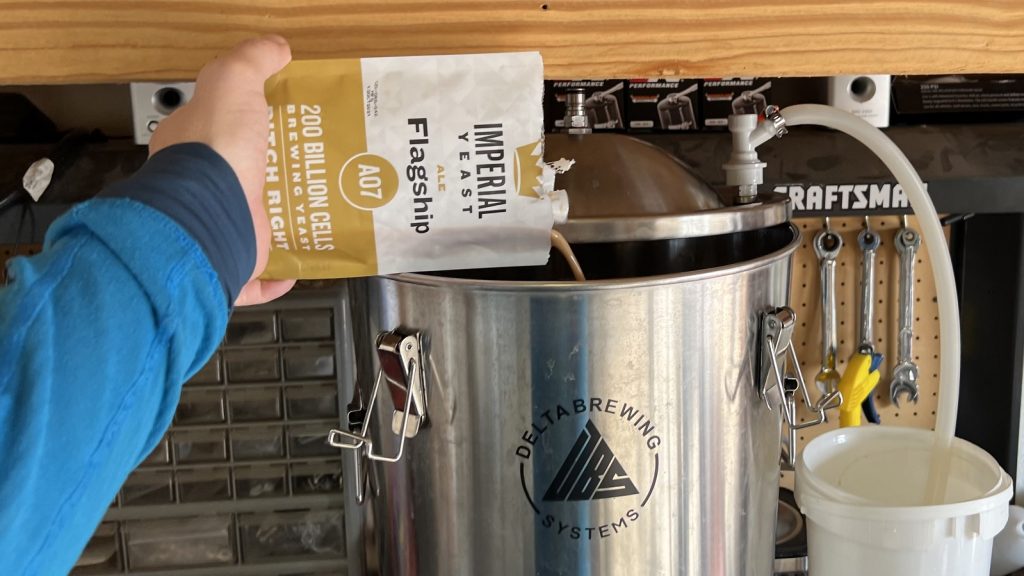
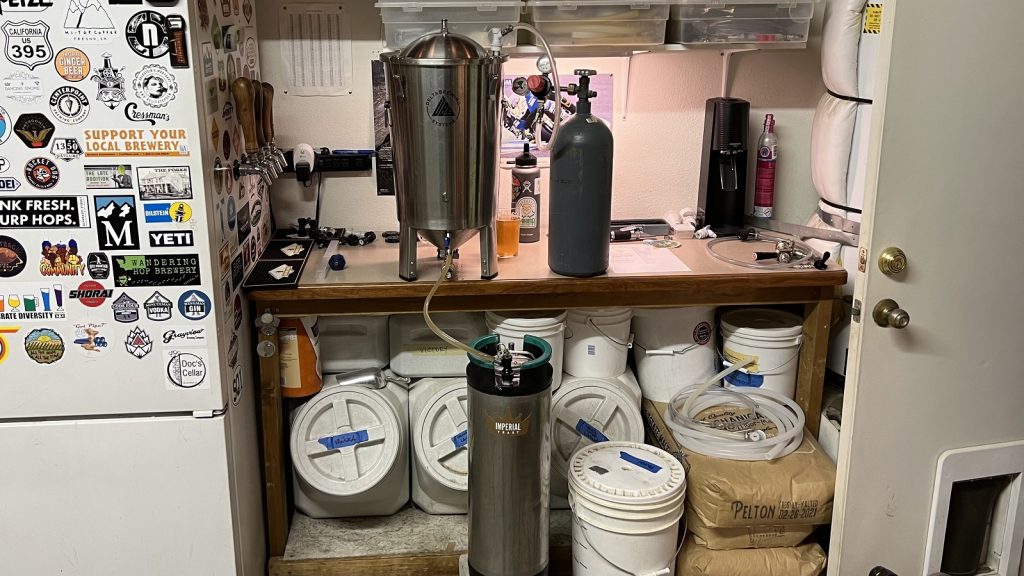
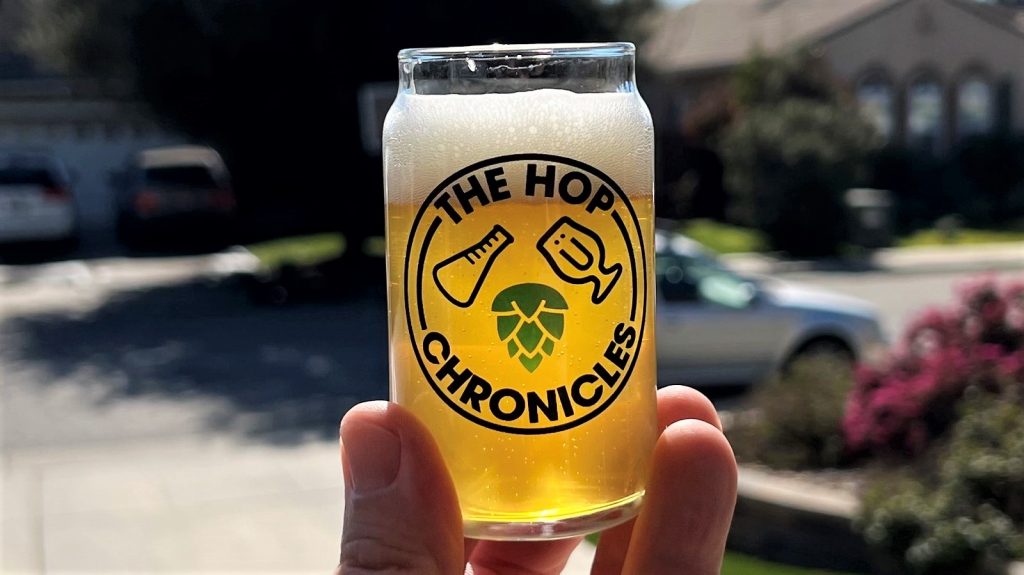

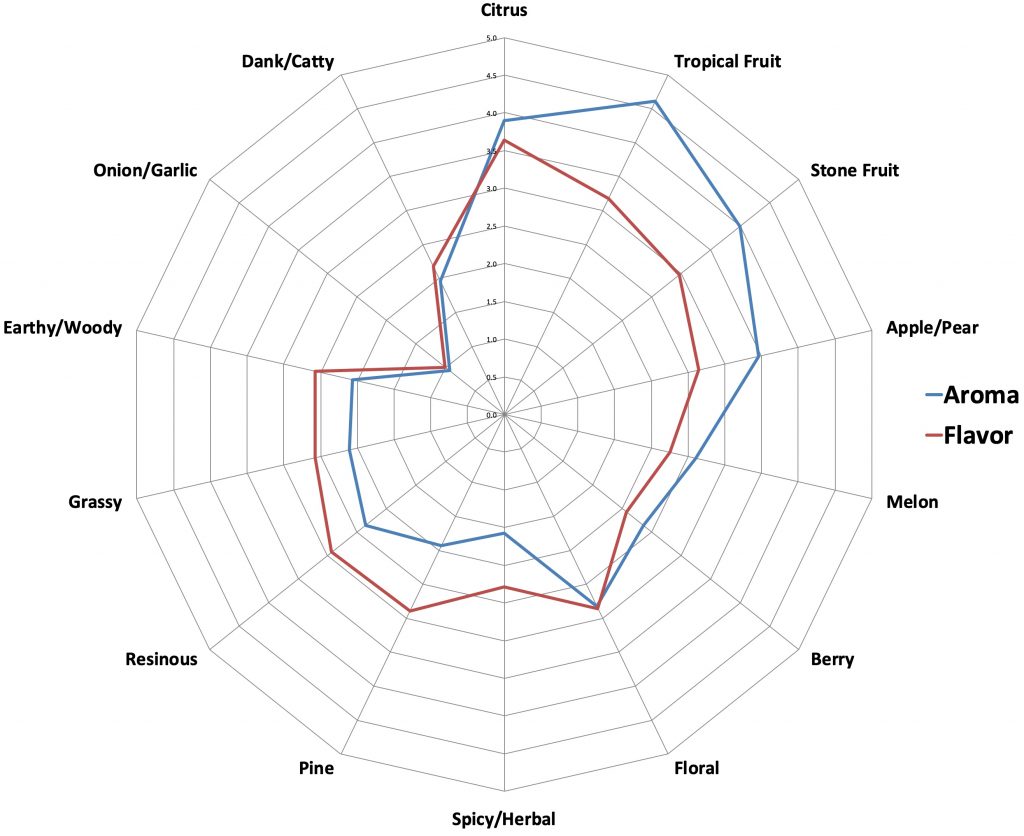
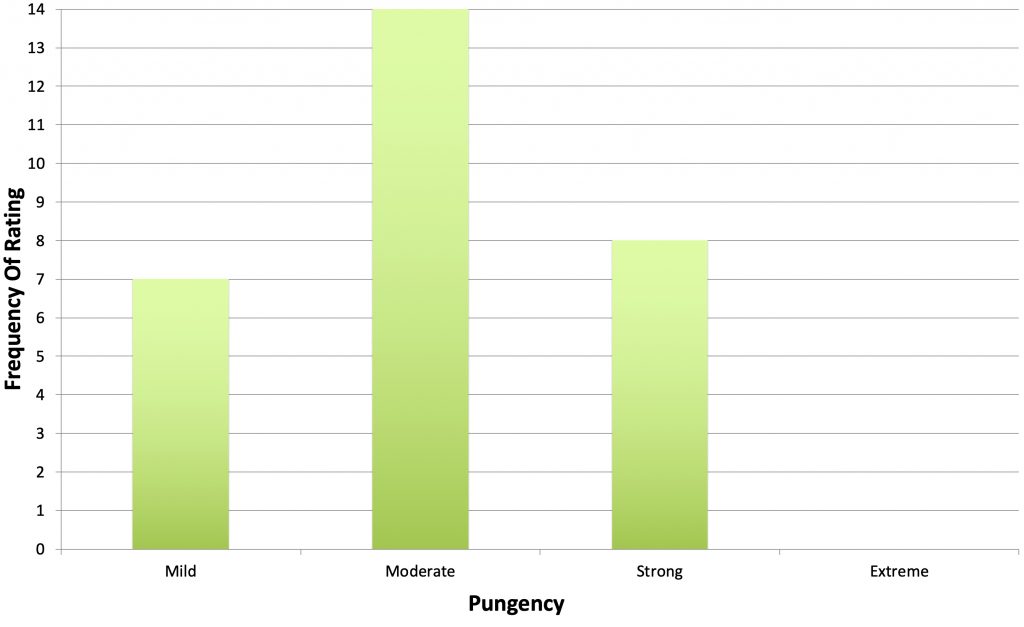
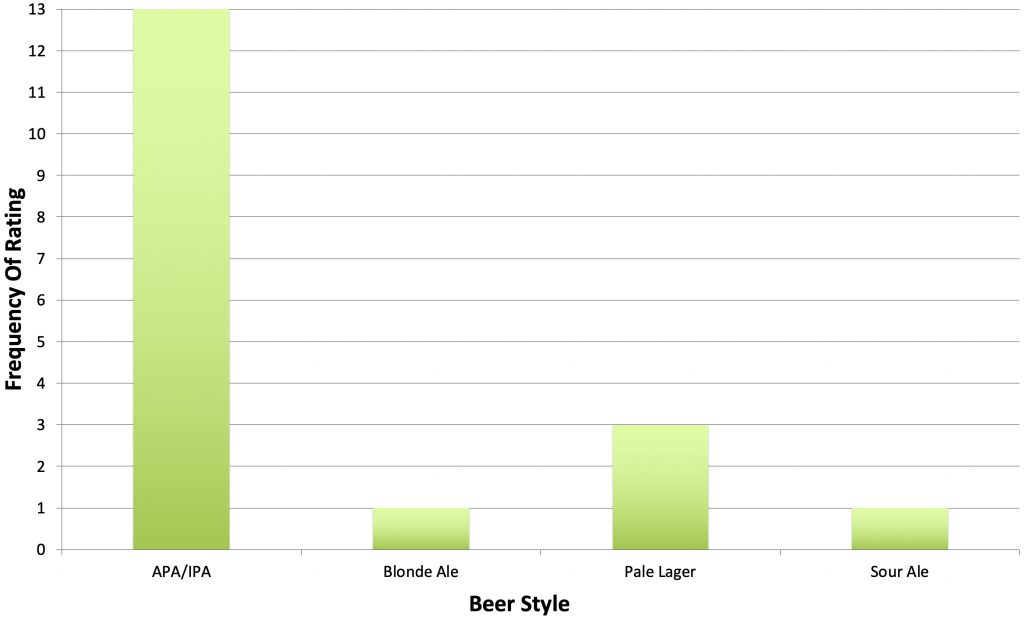
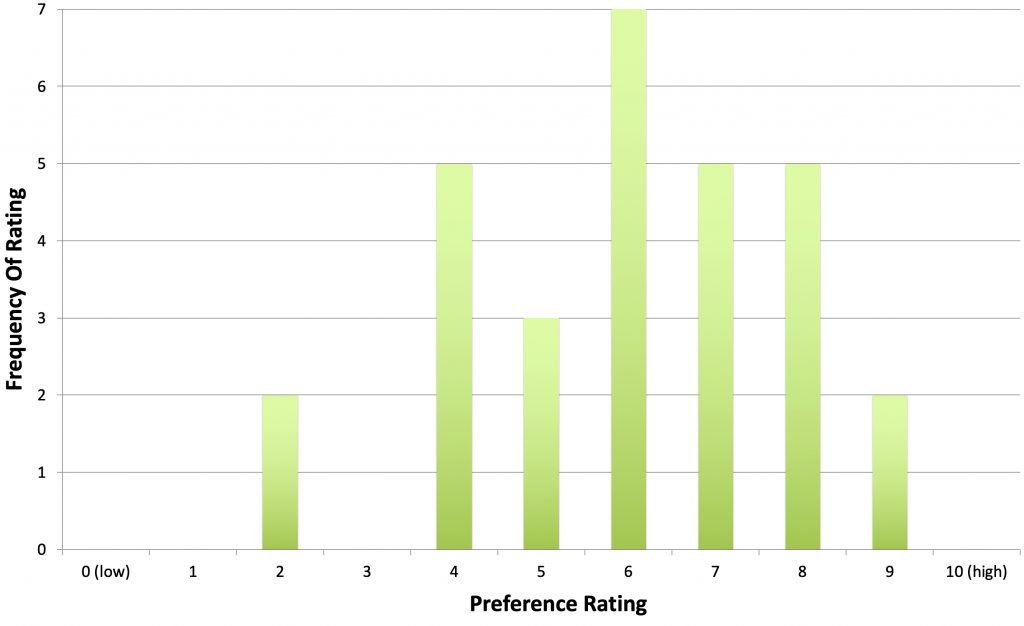











4 thoughts on “The Hop Chronicles | Taiheke (2020) Pale Ale”
Taiheke = Cascade grown in New Zealand
FYI for a long time in NZ this hop was called NZ Cascade and has only been rebranded to Taiheke in the last 5 years
Yes, you are dead right.
Taiheke is in fact US Cascade, grown in New Zealand.
It was renamed because the hop tastes and smells so different when grown down here. Terroir, agronomics and plant selection have essentially produced a completely different sensory experience from the same plant.
I wonder how close Taiheke is to Argentine Cascade?